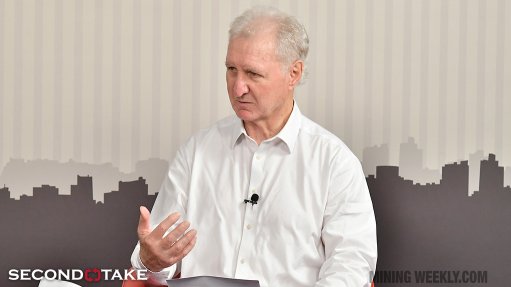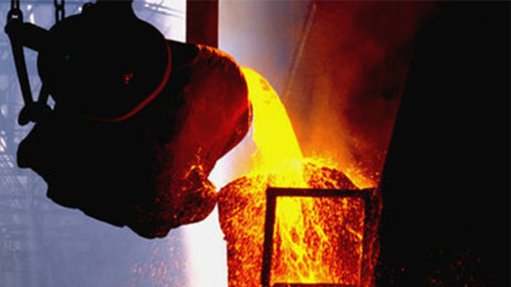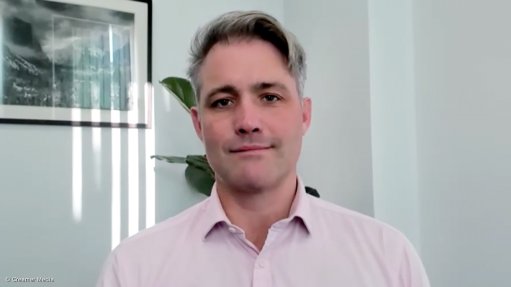Large national manufacturers not main determinant of aerospace success
Germany serves as a leading example of a country that has a major and successful aeronautical industry but does not have a single wholly or predominantly German-owned aerospace original-equipment manufacturer (OEM).
This was highlighted by Deutsche Zentrum für Luft- und Raumfahrt (DLR – German Aerospace Centre) aeronautics directorate programme director Dr Horst Hueners at the recent Eighth Summit of the International Forum of Aviation Research hosted by Council for Scientific and Industrial Research (CSIR) Aeronautics Systems at the CSIR International Convention Centre, in Pretoria.
The only aerospace OEM in Germany is Airbus, which, although it has German shareholders, is a European and not a German company. “We do have some Tier 1 suppliers,” he pointed out. Despite the lack of a national OEM, the country has an aeronautical industry that is, in many ways, successful. There are three main reasons for this. “In Germany, we have always had an efficient system of education for engineers. Also in Germany, we have a well-trained workforce. The third point [is] we have a well-balanced system of research in Germany.” This research system incorporates universities, State institutions and businesses.
“Government supports research,” he observed. “The aeronautics industry is regarded as modern [and] innovative; therefore, we have always had support from government.” The German government prefers to support aeronautical research and not the direct development of aircraft to avoid violating World Trade Organisation rules. Moreover, German aeronautical research facilities, projects and funds are open to foreign-owned companies that invest and set up or maintain operations in the country, such as Rolls-Royce, Rockwell Collins and Thales. Such companies are welcome in Germany.
“Aeronautical research in Germany can look back to a 110-year history,” he noted. But this is not a continuous record. Following the end of the Second World War, all aeronautical activities in Germany were totally halted for ten years. Scientists and engineers in the sector emigrated and the expertise was lost, and this happened during one of the most intense and important periods in the development of both civil and military aeronautics. When the industry was allowed to restart, it had to be done through the licence construction of foreign aircraft designs. The country had to rebuild its research and development infrastructure. Today, the DLR has 20 sites across Germany and some 8 000 staff.
“South African test ranges have [also] been extensively used by German industry,” highlighted Hueners. “South Africa has an aerospace industry with a very strong record,” stressed CSIR Aeronautics Systems manager Kavendra Naidoo, speaking at the same event. The country developed strong capabilities in design, development, platform integration, weapons development and sensors. South African companies exported components and subassemblies to global aerospace groups Airbus and Boeing. The country developed and manufactured helicopters (the Oryx and the Rooivalk), unmanned aerial vehicles and missiles. It developed and flew the world’s first military trainer aircraft with an all-composite airframe (designed by the CSIR and designated alternatively the ACE, or the Ovid). Smaller local companies were successfully developed and were selling light sport aircraft and gliders. The country developed a space capability centred on satellites and their subsystems.
“We have this proud heritage . . . 90% of what we are exporting in terms of aerostructures is to Airbus and Boeing. Another proud achievement is that, as a country, we have developed various [research] facilities.” These included the CSIR’s own facilities, especially its suite of wind tunnels; the Overberg test range; the Alkantpan range; and the Flight Test and Development Centre.
Article Enquiry
Email Article
Save Article
Feedback
To advertise email advertising@creamermedia.co.za or click here
Press Office
Announcements
What's On
Subscribe to improve your user experience...
Option 1 (equivalent of R125 a month):
Receive a weekly copy of Creamer Media's Engineering News & Mining Weekly magazine
(print copy for those in South Africa and e-magazine for those outside of South Africa)
Receive daily email newsletters
Access to full search results
Access archive of magazine back copies
Access to Projects in Progress
Access to ONE Research Report of your choice in PDF format
Option 2 (equivalent of R375 a month):
All benefits from Option 1
PLUS
Access to Creamer Media's Research Channel Africa for ALL Research Reports, in PDF format, on various industrial and mining sectors
including Electricity; Water; Energy Transition; Hydrogen; Roads, Rail and Ports; Coal; Gold; Platinum; Battery Metals; etc.
Already a subscriber?
Forgotten your password?
Receive weekly copy of Creamer Media's Engineering News & Mining Weekly magazine (print copy for those in South Africa and e-magazine for those outside of South Africa)
➕
Recieve daily email newsletters
➕
Access to full search results
➕
Access archive of magazine back copies
➕
Access to Projects in Progress
➕
Access to ONE Research Report of your choice in PDF format
RESEARCH CHANNEL AFRICA
R4500 (equivalent of R375 a month)
SUBSCRIBEAll benefits from Option 1
➕
Access to Creamer Media's Research Channel Africa for ALL Research Reports on various industrial and mining sectors, in PDF format, including on:
Electricity
➕
Water
➕
Energy Transition
➕
Hydrogen
➕
Roads, Rail and Ports
➕
Coal
➕
Gold
➕
Platinum
➕
Battery Metals
➕
etc.
Receive all benefits from Option 1 or Option 2 delivered to numerous people at your company
➕
Multiple User names and Passwords for simultaneous log-ins
➕
Intranet integration access to all in your organisation


















